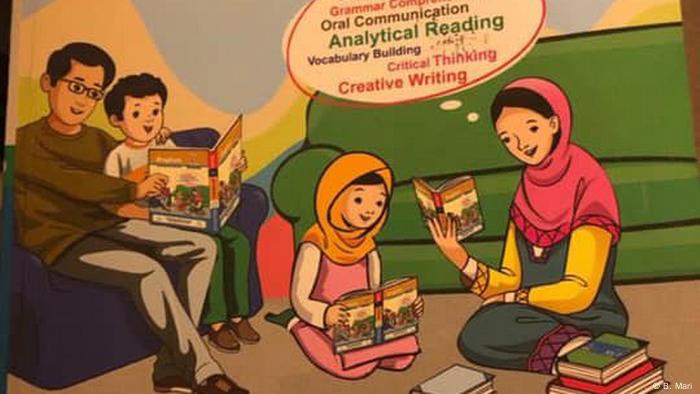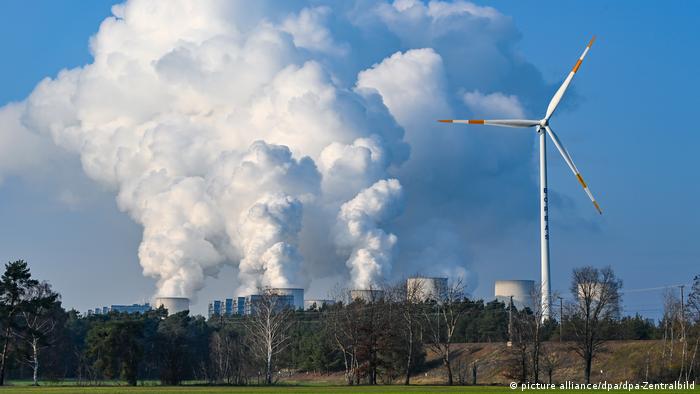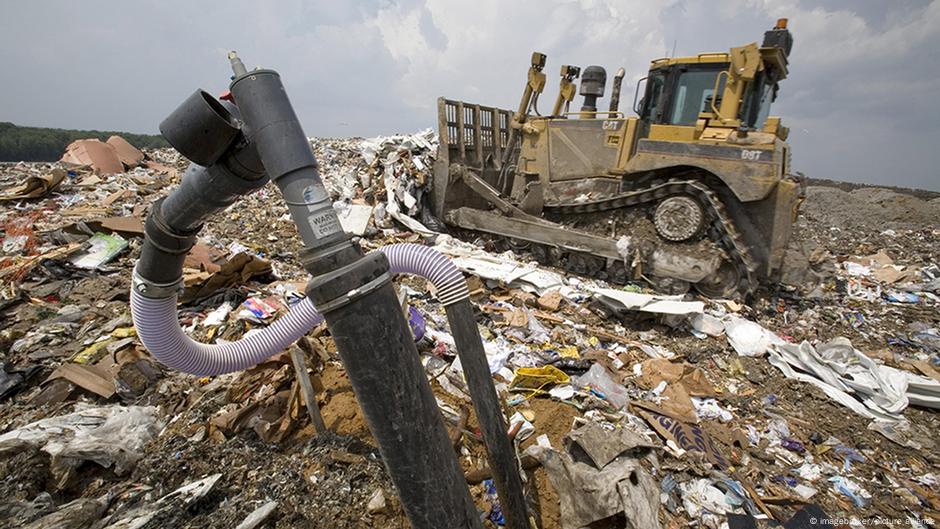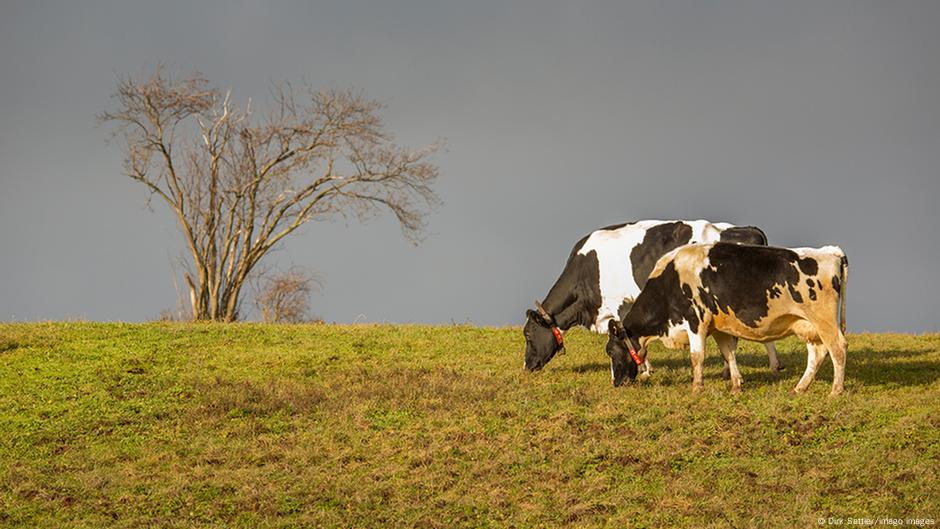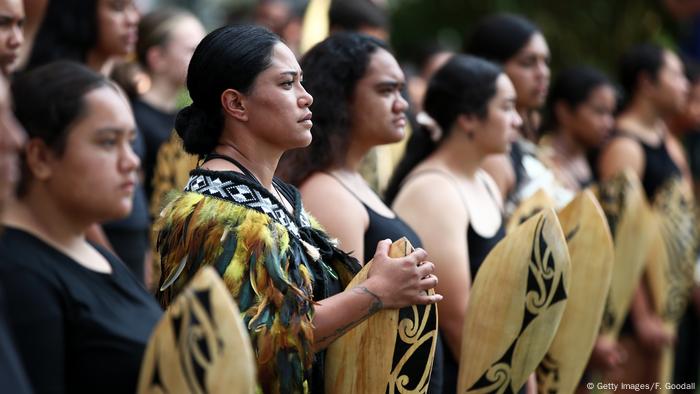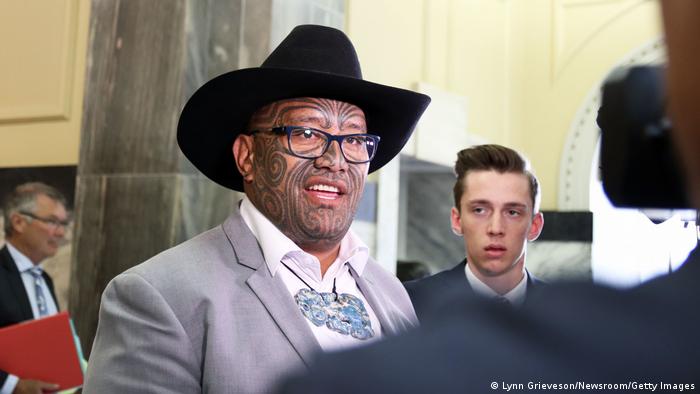
Ex-Indian army officer shares picture from movie set as 'truth' about Pakistan Army's presence in Panjshir
Former Indian major general believes picture showing Pakistani actors Shaan Shahid and Umair Jaswal is of soldiers in Afghanistan.
A retired Indian army officer became the butt of a joke on Twitter after he mistook a photo from a Pakistani military-themed film as showing Pakistani soldiers who he falsely claimed were martyred in Afghanistan's Panjshir valley.
The apparent confusion started after another former Indian army officer, Maj Gen GD Bakshi, posted a tweet claiming that the Pakistan Army had "suffered very heavy casualties" in Panjshir, where the Taliban and resistance fighters engaged in heavy fighting earlier this month.
Without sharing any evidence, Bakhsi tweeted that dozens of Pakistani soldiers had lost their lives and many others were wounded while supporting the Taliban in Panjshir. He wrote that a certain "Maj Gen Adil Rehmani has come back to organise discreet funerals in [the] dead of night." Even though the account is not verified by Twitter, Bakshi's tweets have been carried by Indian media on multiple occasions in the past.
Bakshi, who had a long career in the Indian army and holds a PhD in military history, is known for peddling fake news and rhetoric on Indian TV. An article by Indian publication The Print last year referred to him as the "shrillest warmonger in the media".
Responding to his latest claims about Pakistani soldiers, a Pakistani account with the handle @Fauji_Doctor shared a picture from the set of the 2017 Pakistani movie *Yalghaar* — ostensibly to poke fun at the Indian ex-officer, and wrote: "My class fellow from school days Maj Aijaj 2nd from left and Capt Jufar 1st from left embraced martyrdom in Panjshir. They were buried yesterday in Peshawar. ISPR is trying to hide these casualties. They fought bravely and should be honoured as such. This is injustice by Pak Army."
In fact, the two uniformed men he referred to are renowned Pakistani actors Shaan Shahid and Umair Jaswal - neither of whom are members of the armed forces.
Unaware of this and apparently without having done any investigation, former Indian Maj Gen Harsha Kakar shared a screenshot of @Fauji_Doctor's reply to Bakshi as "the truth on #PanjshirValley and Pak casualties".
"As expected [National Security Adviser Moeed Yusuf] lied and Pak disowned its dead," he alleged.
Pakistanis were amused by the Indian ex-officer's apparent naivete, with Shaan himself replying to Bakshi's original tweet with posters from Yalghaar. "Hello from the other side," he wrote with the pictures.
Jaswal too found the mix-up hilarious, responding to Bakshi with a picture of him in commando gear and writing: "Hello dear [laughing emoji] from Pakistan."
Jumping at the opportunity, other Pakistani users also shared spoof images of Pakistani actors in uniform to add to the joke.
Fake news about Pakistan's military involvement in Afghanistan surfaced as the Taliban said on Monday they had taken control of Panjshir province north of Kabul, the last holdout of anti-Taliban forces in the country and the only province the Taliban had not seized during their blitz across the country last month.
The anti-Taliban forces had been led by the former vice president, Amrullah Saleh, and Ahmad Massoud, whose father was killed just days before the 9/11 terrorist attacks in the US.
With Taliban fighters advancing into Panjshir, Indian media outlets during the previous week ran unverified claims of Pakistan Air Force planes hovering over Panjshir valley and dropping bombs on resistance fighters in support of the Taliban.
At least two Indian TV channels shared footage that they claimed showed Pakistani drones attacking anti-Taliban fighters in Panjshir. But fact-check website Boom found that the viral clip was taken from a longer video recording of the video game Arma-3, and was not from the military conflict in Afghanistan.
Some Twitter users also shared a picture of a fighter jet claiming it showed a PAF plane that was shot down by resistance fighters in Panjshir, but a fact check by Dawn.com and independent journalists showed the picture is actually from 2018 in the United States.




